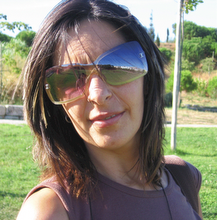Discovered on Easter Sunday, 1722 by Dutch explorer Jakob Roggeveen, this collection of 25 meter-high stone sculptures still puzzles historians and archaeologists as to its origins. It is believed that a society of Polynesian origin settled here in the 4th century and established a unique tradition of monumental sculpture. Between the 10th and 16th centuries, they erected the enormous stone figures, known as the Moai, which have long fascinated the entire world and endowed this island with a mythical atmosphere. more
Descoberta num domingo de Páscoa pelo explorador holandês Jakob Roggeveen, este conjunto de esculturas de pedra com 25 metros de altura continua a intrigar historiadores e arqueólogos quanto à sua origem. Segundo se crê, uma comunidade de origem polinésia ter-se-á estabelecido aqui durante o século IV, dando início à invulgar tradição da escultura de grandes dimensões. Estas enormes figuras de pedra, conhecidas pelo nome de Moai, teriam sido erigidas entre os séculos X e XVI e desde então não param de fascinar o mundo inteiro dotando a ilha de uma atmosfera mítica.
Video: Estátuas da Ilha de Páscoa - Statues of Easter Island
new7wonders-machu-picchu-peru: HERE



















J'aimerais que l'Ile de Pâques et ses Moïs conservent leur mystères. Je ne veux pas savoir d'où ils viennent !
ResponderEliminar